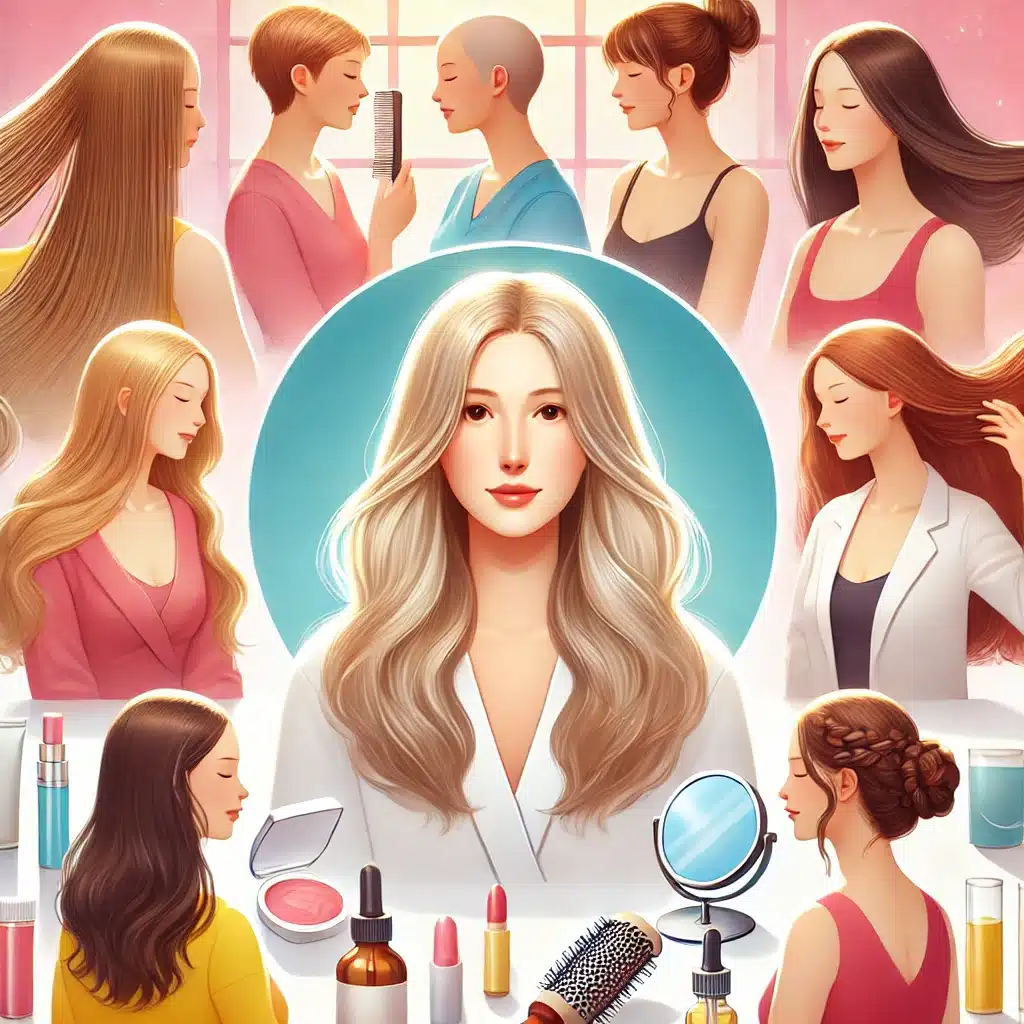Hair loss can be a distressing experience, especially for women who often link their beauty and self-identity to their hair. While some hair shedding is normal, excessive or rapid loss can be alarming and might indicate an underlying issue. Understanding the primary causes of hair thinning in women can help you find effective treatments. This article outlines the top 10 reasons for hair loss in women and offers practical solutions to help you restore your confidence and achieve healthier hair. Whether you’re dealing with thinning, bald spots, or general loss, this guide will assist you in finding the best approach to rejuvenate your locks.

I. Introduction
Hair is a significant part of a woman’s identity, deeply tied to her confidence. Hair loss can be distressing, making it essential to understand the underlying causes and available treatments. This blog explores the top 10 causes of hair thinning in women and offers effective solutions to help you manage and restore your hair.
II. Understanding Hair Loss in Women
Hair thinning differs from normal shedding. It can manifest as thinning, patches, or overall loss, often impacting a woman’s mental and emotional well-being. Recognizing the signs early is crucial for timely intervention.
III. Top 10 Causes of Hair Thinning in Women
- Hormonal Imbalances: Hormones like estrogen and testosterone play a significant role. Conditions such as PCOS and menopause can lead to hair thinning.
- Genetic Factors: Female pattern baldness, influenced by family history, is a common genetic cause.
- Nutritional Deficiencies: Lack of essential nutrients like iron and biotin can weaken hair. A balanced diet is vital for hair health.
- Stress: Stress can trigger conditions like Telogen Effluvium, causing significant hair shedding.
- Medical Conditions: Autoimmune diseases, thyroid disorders, and anemia can lead to hair loss.
- Medications and Treatments: Side effects from medications like chemotherapy and birth control pills can cause hair thinning, some of which may be reversible.
- Hair Styling Practices: Frequent heat styling, chemical treatments, and tight hairstyles can damage hair, leading to breakage and loss.
- Scalp Infections and Conditions: Issues like dandruff, psoriasis, and fungal infections can disrupt hair growth.
- Pregnancy and Postpartum Changes: Hormonal shifts during and after pregnancy can cause temporary hair thinning.
- Aging: Hair naturally thins with age. Managing this requires tailored strategies.
IV. Effective Treatment Options
- Medical Treatments: Options like Minoxidil can be effective in promoting hair growth. Platelet-Rich Plasma (PRP) therapy and Growth Factor Concentrate (GFC) treatments are also promising options.
- Nutritional Supplements: Vitamins (e.g., Biotin) and minerals (e.g., Iron) can support hair health.
- Lifestyle Changes: Managing stress and adopting healthy hair care routines are essential.
- Surgical Options: Hair transplants and scalp reduction surgery offer more permanent solutions.
- Alternative and Holistic Treatments: Natural remedies, like essential oils and acupuncture, can complement traditional treatments.
V. Preventive Measures
Maintain a healthy diet and manage stress. Regular scalp care and early detection are key. Consult with a healthcare provider to tailor your approach.
VI. Conclusion
Identifying the causes of hair thinning is the first step toward finding the right treatment. With the right approach, women can manage and even reverse hair loss, restoring both their hair and confidence.
